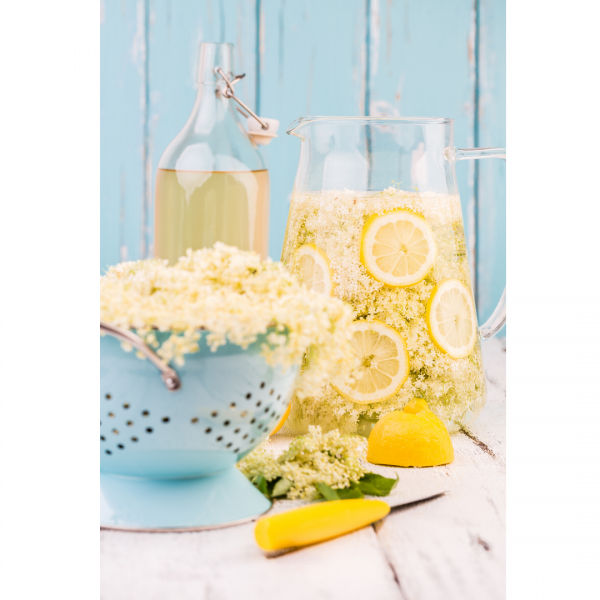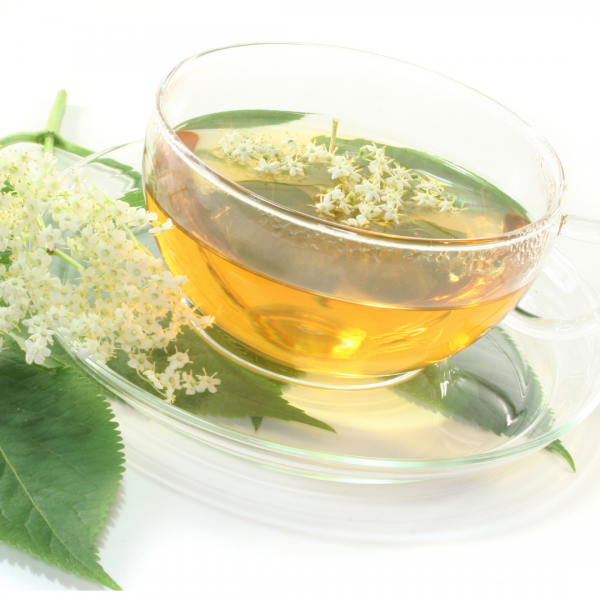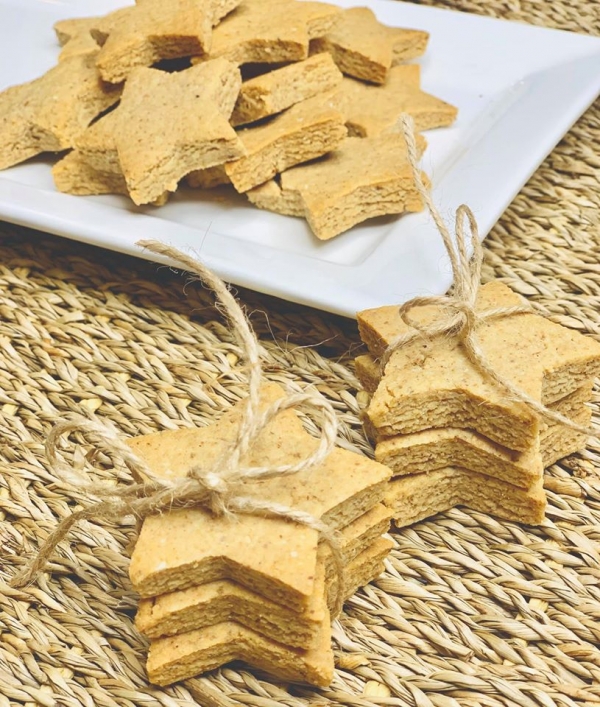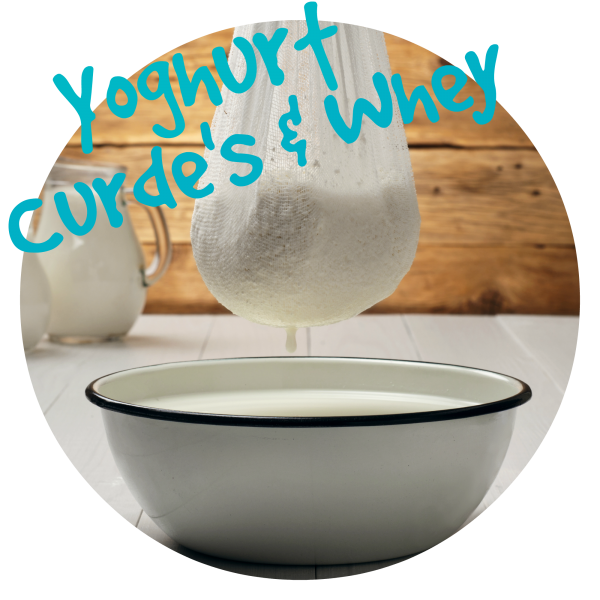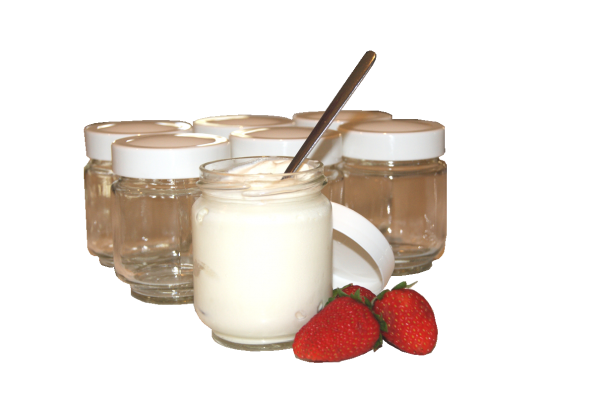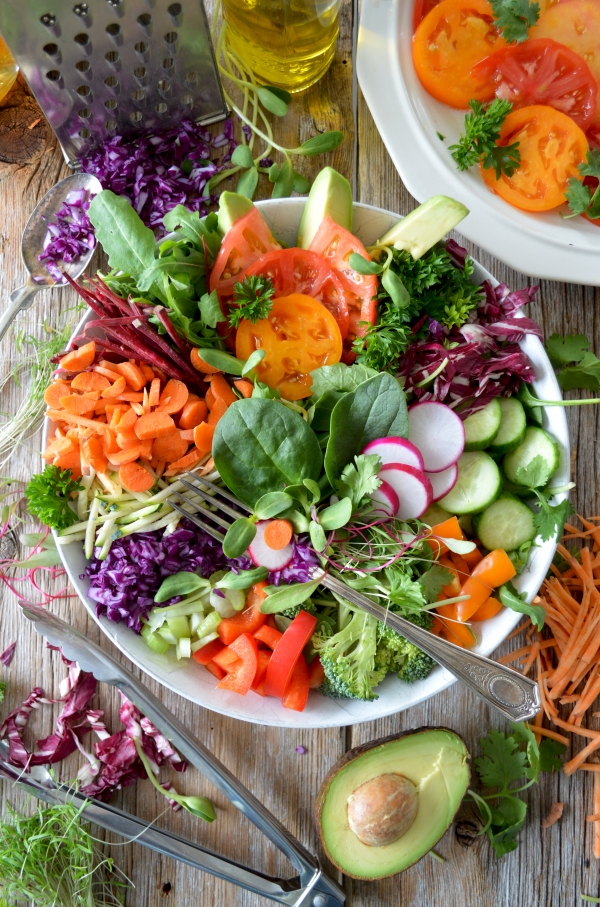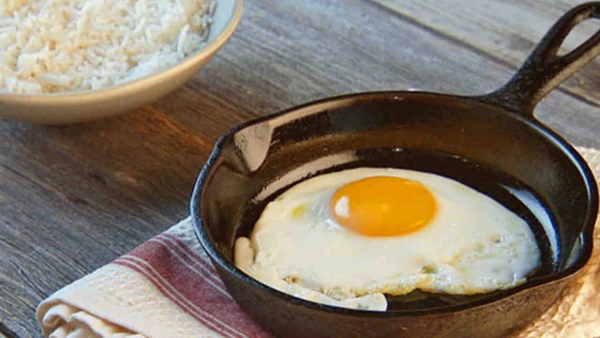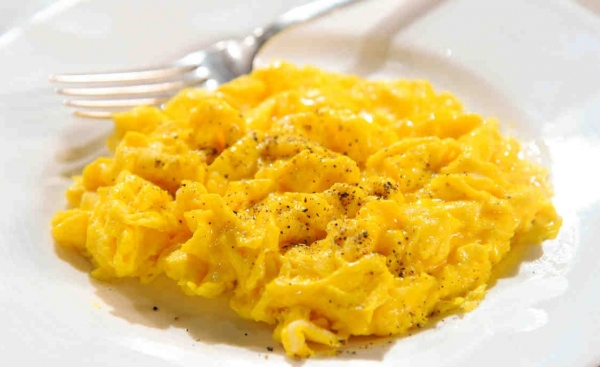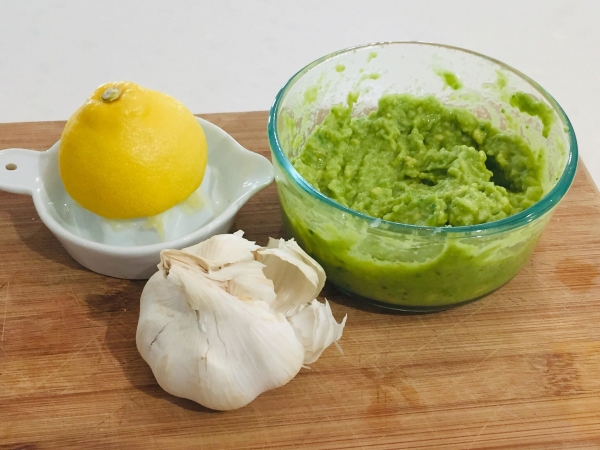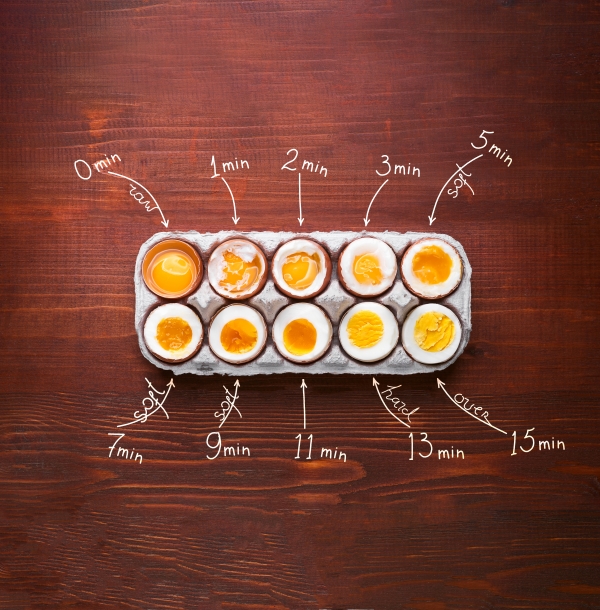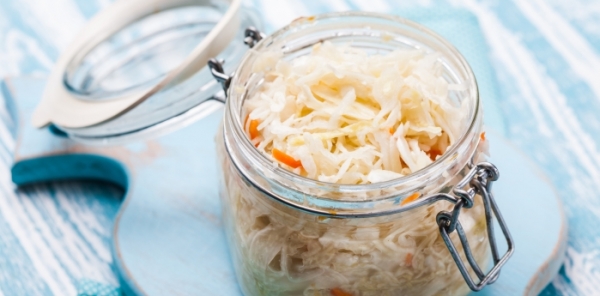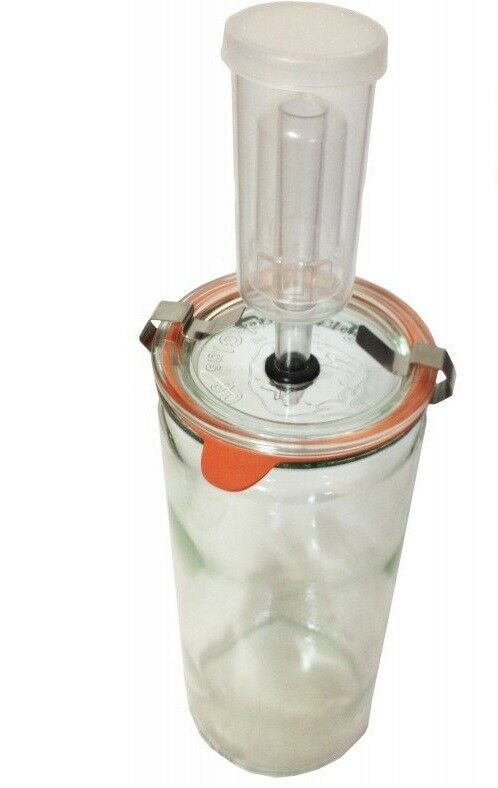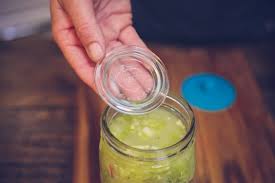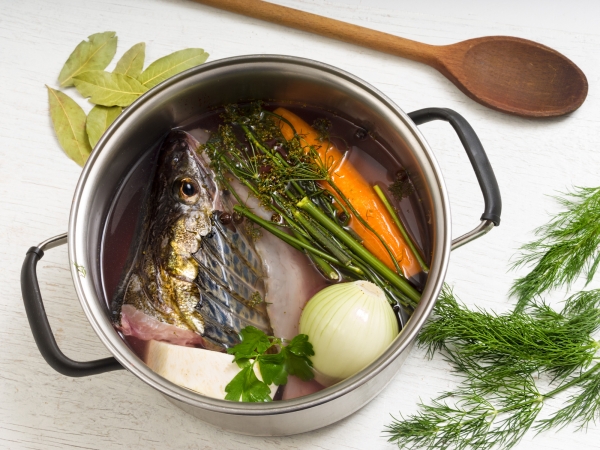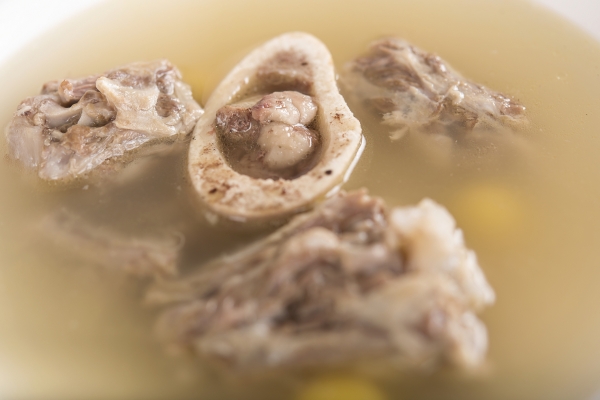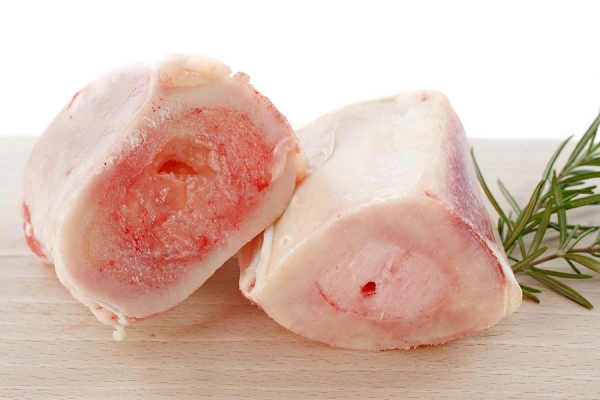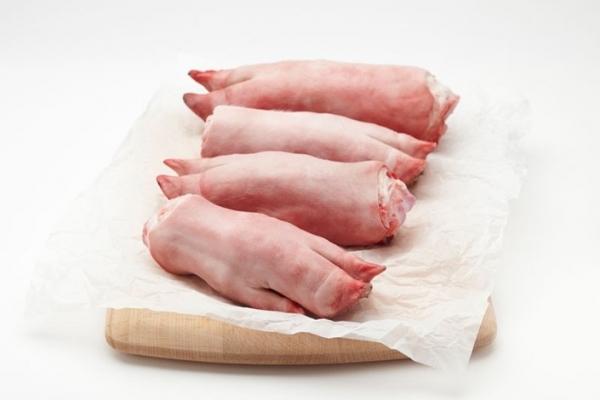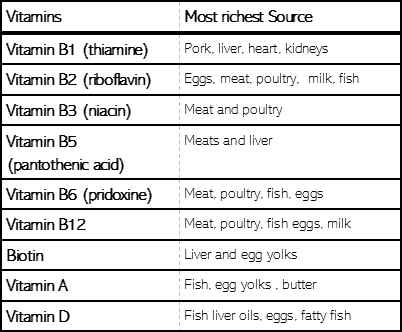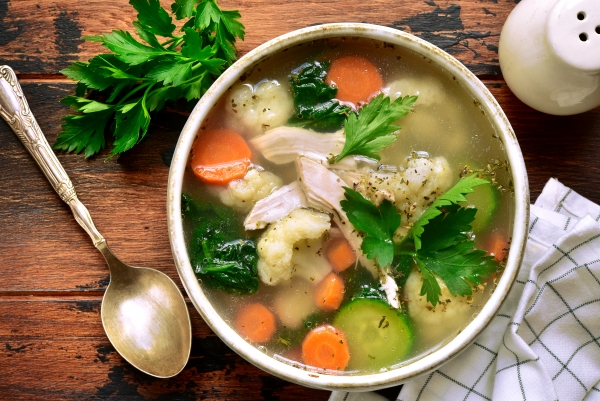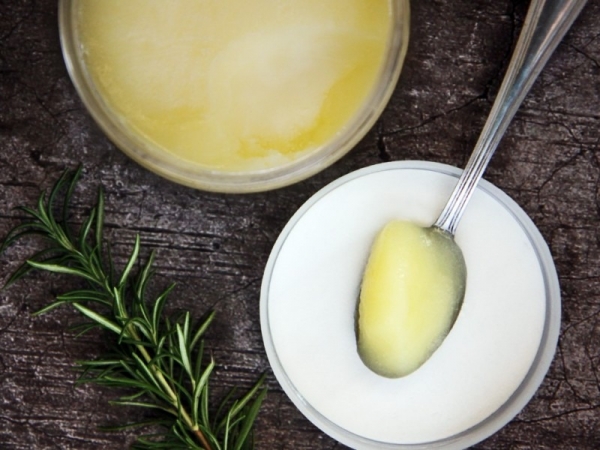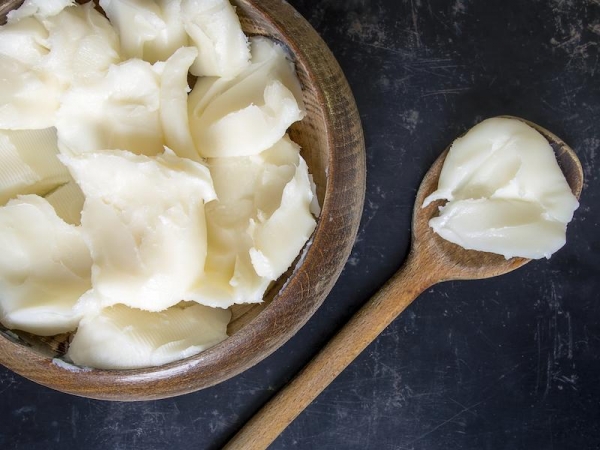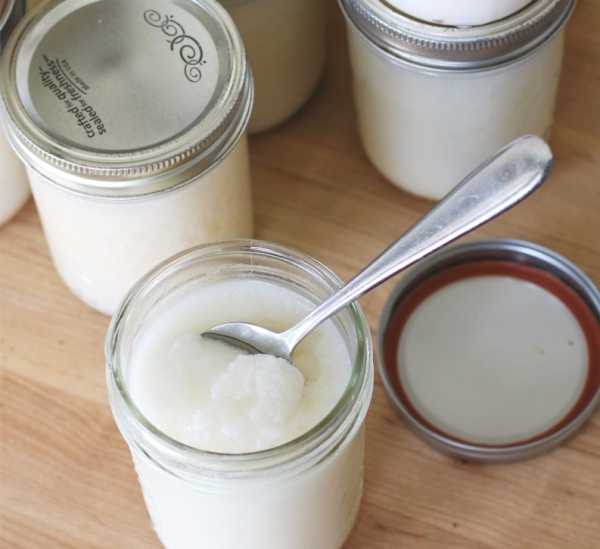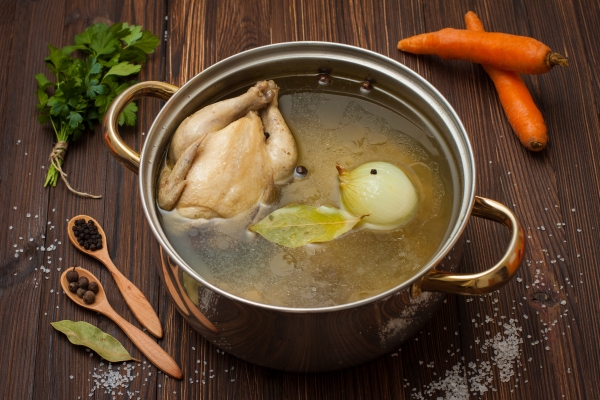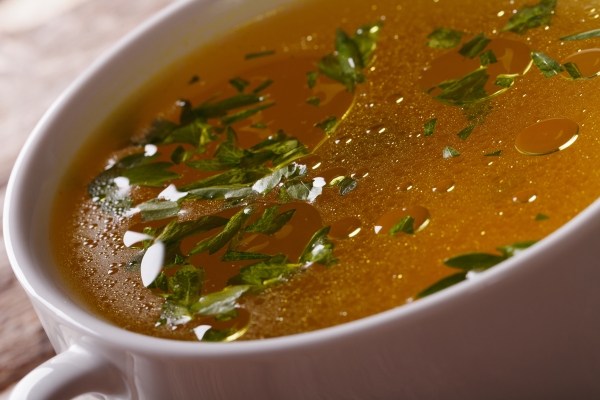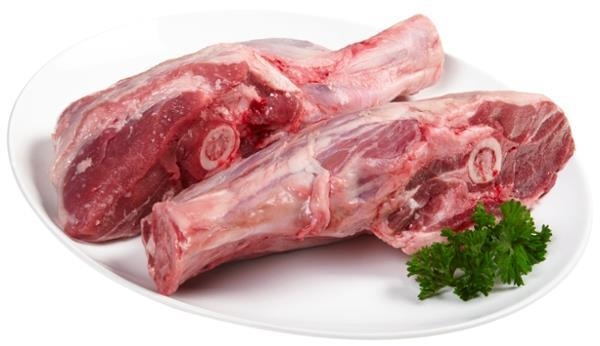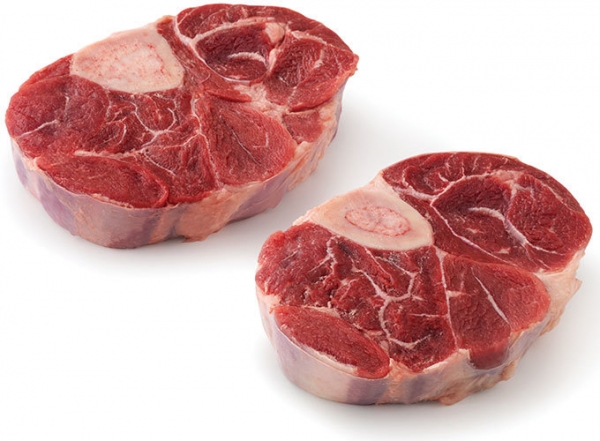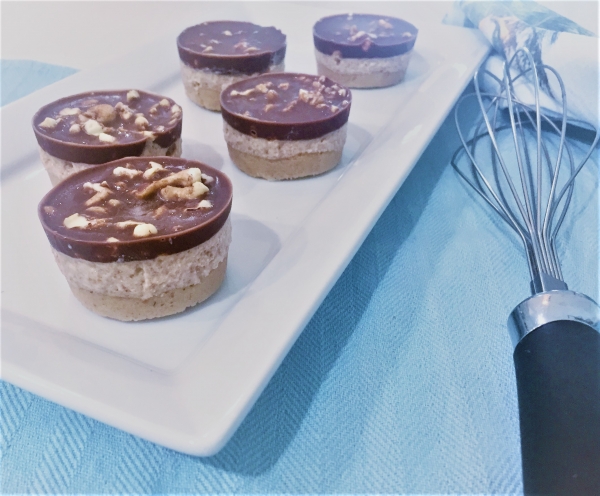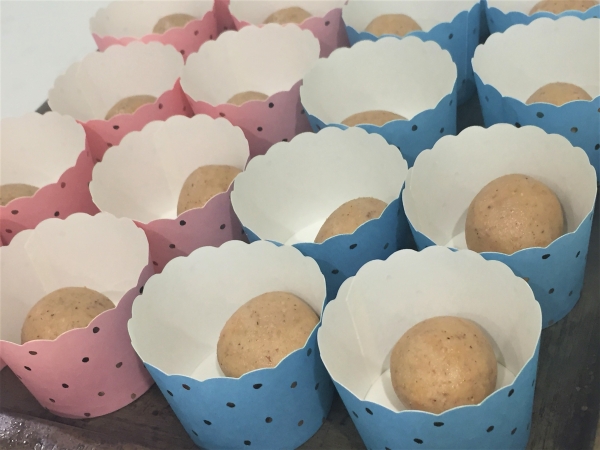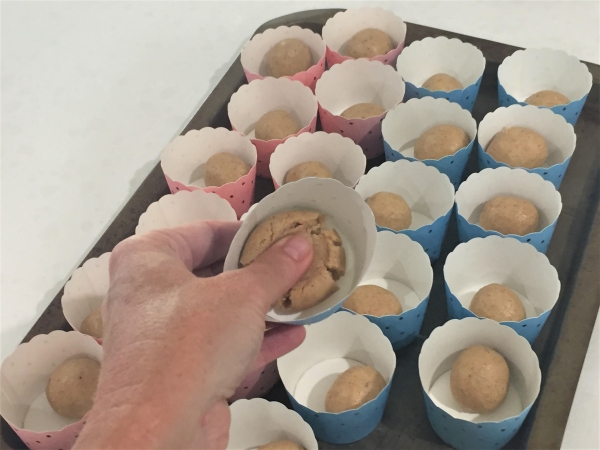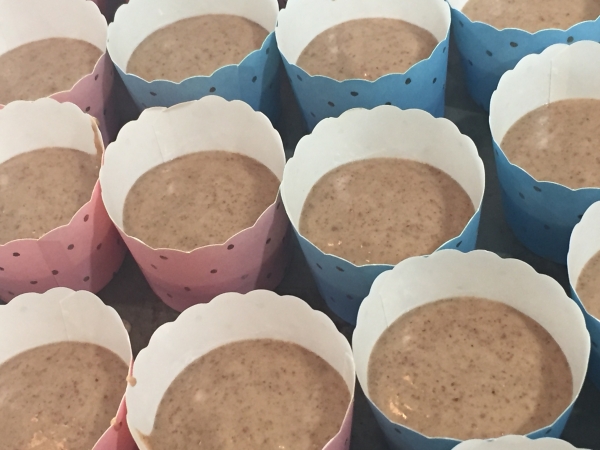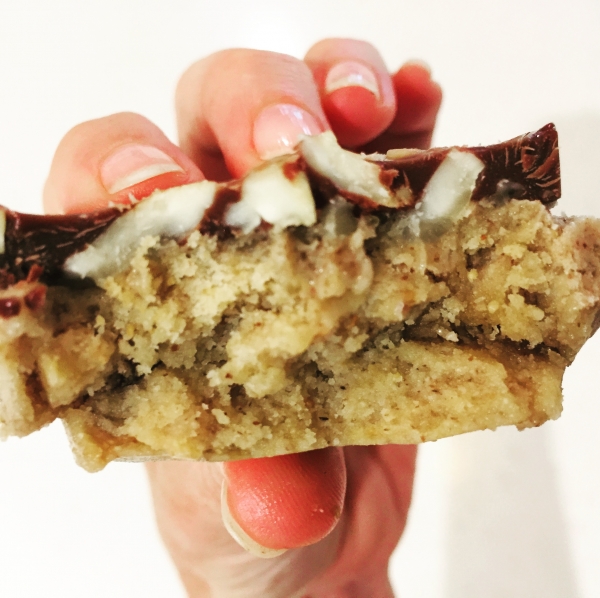Apple & Black Elderberry Muffin Crumble Tops
This is a great Breakfast muffin or snack for morning tea. This recipe contains Black Elderberries so it is filled with beneficial immune properties well known to support GAPS conditions. Black Elderberry bushes have been found in many parts of the world and grow very well as a native bush right here in Australia. The […]
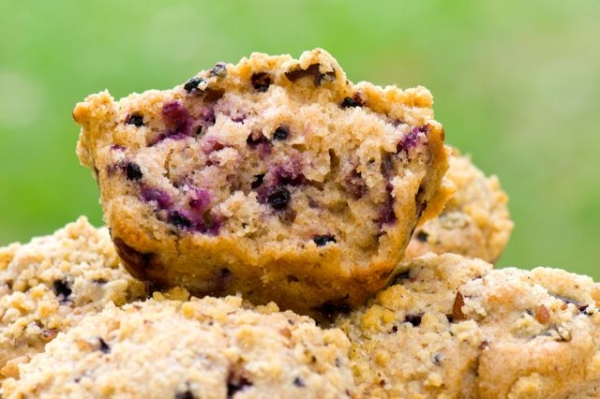
| Prep Time | 20 Minutes |
| Cook Time | 25-30 Minutes |
| Servings |
Muffins
|
Ingredients
- 1 - 1.5 Cups Apple Pure You will need to stew 4-5 apples for this recipe
- 1/4 Cup Raw honey Optional *Baking with fruit for sweetness is preferred on the GAPS Diet
- 1 Tsp Homemade Vanilla Extract Optional. See separate recipe for instructions
- 1 Tbsp Cold Pressed Extra Virgin Coconut Oil Organic
- 2-3 Whole Eggs Organic and free range
- 2 Cups Blanched almond flour Organic
- 3 Tbsp Lemon juice
- 1 Tsp Pure Bicarbonate of Soda
- 2 Cups Black elderberries
- 1/2 Cup Stewed Apple Squares
- 1/2 Cup Chopped Nuts I like using makadamias or walnuts
- 1/4 Cup Organic Ghee Softened
- 2-3 Tbsp Desicated Organic Cooconut
Ingredients
Mini Muffin Ingredients
Topping
|

|
Instructions
-
Peal and cut 4-5 apples into squares and stew them with a tablespoon of water. When cooked remove half a cup of the stewed apples to make the apple crumble topping. (put the remaining stewed apples aside).
-
Add the half a cup of stewed apple squares to the remaining crumble mixture and mix together and set aside.
-
Preheat oven to 150 degrees Celsius
-
With the remaining stewed apple (which will be approximately 1 - 1.5 cups of stewed apples) mash and mix until the apple mixtures is a smooth pure texture.
-
In a new bowl, add the almond flour, eggs, apple pure, honey, coconut oil and vanilla extract and mix with a hand held electric beater or thermomix. When well combined, add the bicarbonate of soda and lemon juice and mix again for a further 20 seconds or so. This will aid as a raising agent.
-
Add the elderberries to the cake mixture and stir them in with a wooden spoon.
-
Pour the mixture into muffin papers placed into a muffin tin.
-
When the mixture is settled in the muffin papers, add the prepared topping ingredients on top and place into the preheated oven.
-
Muffins will take approximately 25-30 minutes to cook. Keep an eye on them as almond flour is easy to burn (Don’t cook them in too high temperatures).
-
Remove from the oven when cooked and allow to cool on a cooling tray. Serve with yoghurt, kefir or sourcream
Recipe Notes
Clinical Notes As with all stages of the GAPS diet, baked goods should only make up a small percentage of the diet and that the focus should be on healing nourishing foods, broths and juices.

